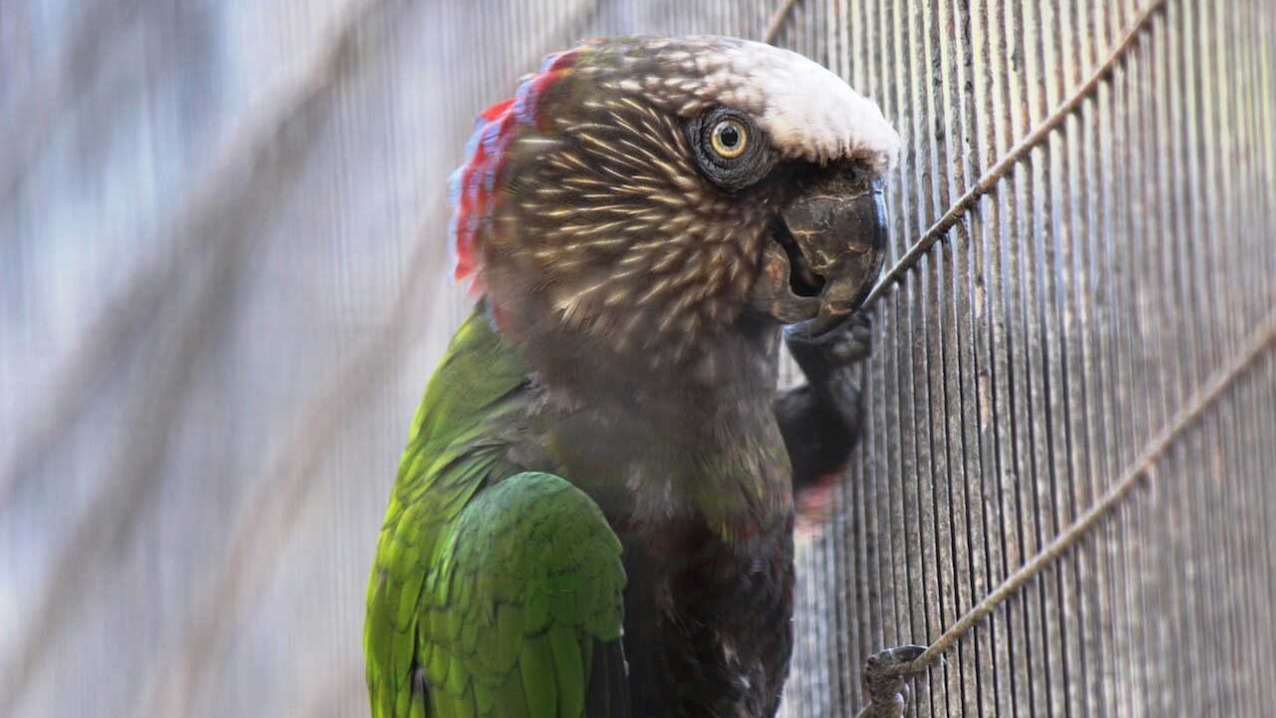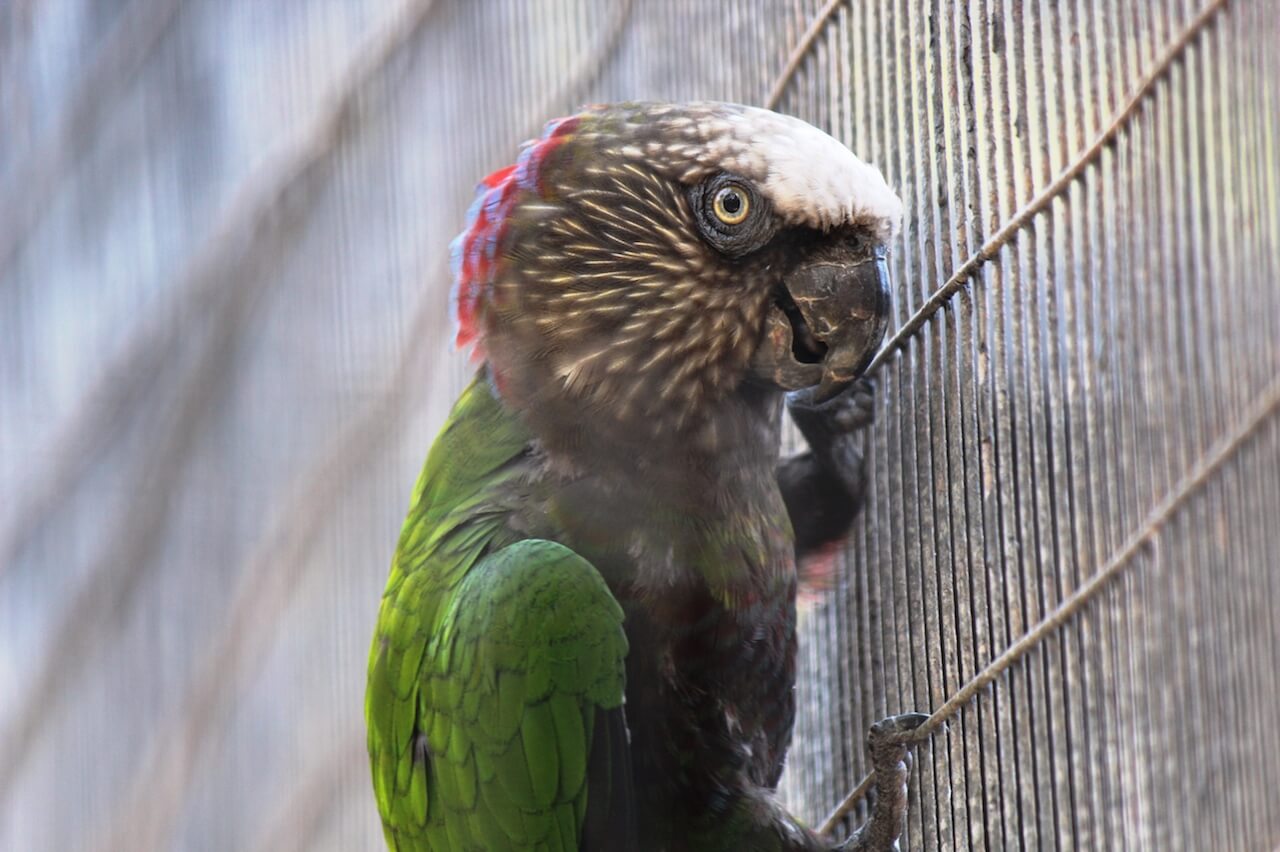deroptyus accipitrinus
Hawk Headed Parrot
About Me
Scientific Name: Deroptyus accipitrinus
Description
The Hawk-headed Parrot is a beautiful bird. The male and female have a white fore crown and a brown throat with white streaks. The base of their neck is red edged with blue. The hawk-heads breast and belly are red and edged with blue. Their back, wings and tail are green. The underside of their tale is black.
Fun Facts
- When the hawk-head becomes alarmed or feels defensive, their nape feathers raise to form a fan.
- The adults can be very aggressive when defending their territory. The hawk-heads tend to be unpredictable. In captivity the juveniles are more even tempered.
- Kingdom: Animalia
- Phylum: Chordata
- Class: Aves
- Order: Psittaciformes
The Hawk-headed Parrot (Deroptyus accipitrinus accipitrinus) is a beautiful bird. The male and female have a white fore crown and a brown throat with white streaks. The base of their neck is red edged with blue. The hawk-heads breast and belly are red and edged with blue. Their back, wings and tail are green. The underside of their tale is black. Some of the adults have a red spot under the base of their tail, and it is not related to gender. The juveniles have brown eyes and a lighter color beak. The adults have yellow eyes, a gray-black beak and gray legs. When full grown, the hawk-head can weigh 300 g (10.5 oz.). The hawk-head is 35 cm (14 inches) in length. The other subspecies is the Deroptyus a. fuscifrons also known as the Brazilian Hawk-headed parrot. The Brazilian form has a dark forehead and crown.
The Hawk-headed Parrot eat a wide variety of fruits, seeds, nuts, leaves and buds.
The natural distribution of the hawk-head is in South America, the Guianas, Venezuela, Columbia, Peru, Brazil and Ecuador. Deroptyus a. accipitrinus is common in American aviculture, because they are being imported from South America. Their natural habitats are tropical forests and savannas. The Hawk-heads reside in the rainforest near rivers and mountains through the year.
When the hawk-head becomes alarmed or feels defensive, their nape feathers raise to form a fan. They have a high pitched nasally cry, (heya, heya) which is used while courting and during normal behavior. While courting, the male erects his neck feathers and whistles sharply. The female also erects her crest, while both birds move their head swiftly from side to side. The Hawk-headed parrots are usually social and are in small groups of four to seven birds. If the group is large, it is not more than 20 birds. The hawk-heads flap their wings in a shallow motion. Following the shallow flaps are short glides. While in captivity, the adults aggression varies. The adults can be very aggressive when defending their territory. The hawk-heads tend to be unpredictable. In captivity the juveniles are more even tempered.
The breeding season for the hawk-head is December and January. The hawk-head has one to three medium sized white eggs per year. The female lays her eggs in an abandoned nest hole or in a dead tree trunk. The male hawk-head cares for the female while she incubates the eggs. The chicks hatch after being incubated for 26 days, and are blind and helpless. The chicks leave the nest after 10 to 12 weeks and are on their own. In the wild, both parents feed and raise their young. In captivity the chicks are hand raised, because sometimes the male kills his mate and their offspring.
The hawk-heads are endangered in the wild because of deforestation and the pet trade. Deroptyus a. accipitrinus is more common than the nearly extinct Deroptyus accipitrinus fuscifrons in the wild. There are less than 12 Deroptyus a. fuscifrons in the wild. There are about 10 to 12 captive Deroptyus a. fuscifrons in the United States. Deroptyus accipitrinus is common in private collections.
Hilty, Steven L., and William L. Brown. A Guide To The Birds of Columbia. Princeton UP, 1986.
Strahl, Stuart D., et al. Behavior and Biology of the Hawk-headed Parrot, Deroptyus Accipitrinus, in Southern Venezuela. The Condor. 93 (1991): 177-180.
Other Birds
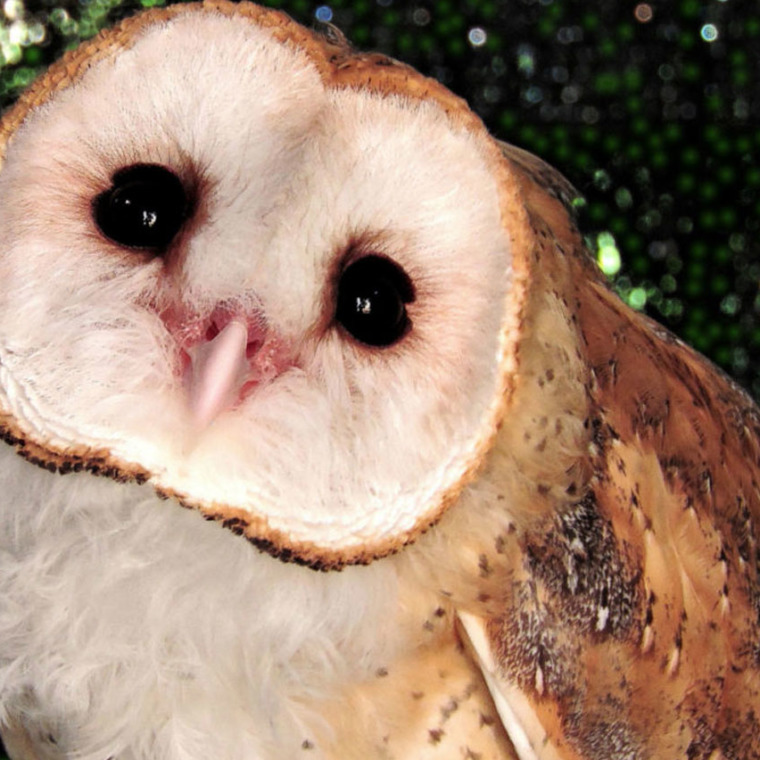
Barn Owls are found throughout the globe, in Europe, Africa, Asia, Austrailia, and the Americas
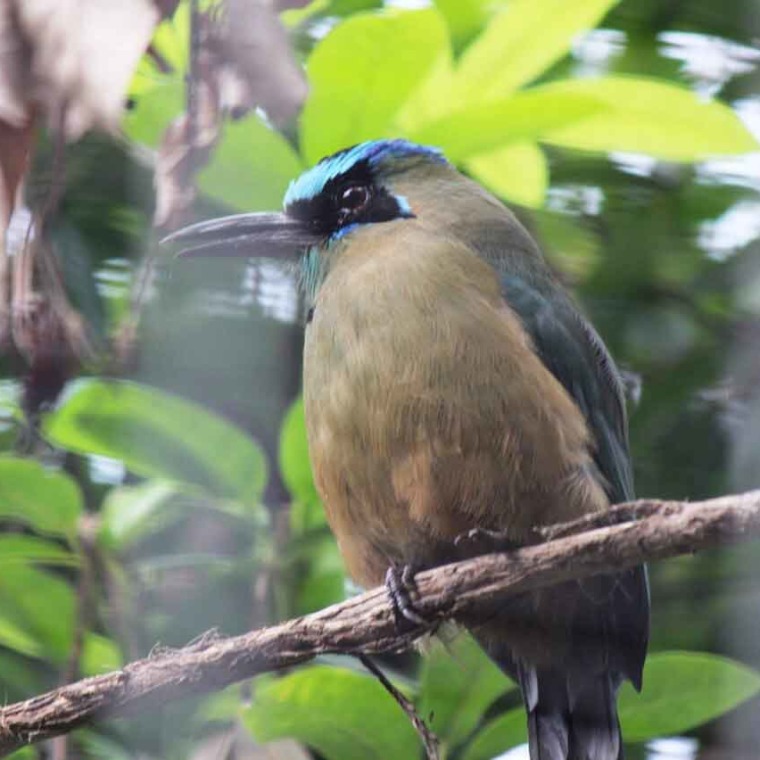
This animal can grow over a foot in length! Motmots possess a serrated beak and red eyes, with a black mask that encircles their heads.
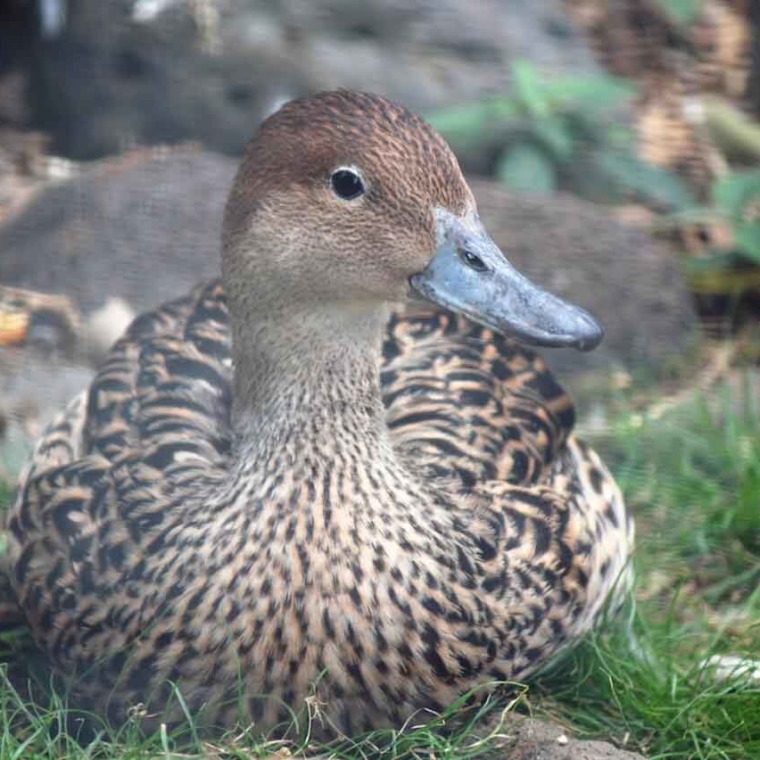
Koloa maoli are very secretive and difficult to observe except in protected areas such as Hanalei National Wildlife Refuge on Kauai.
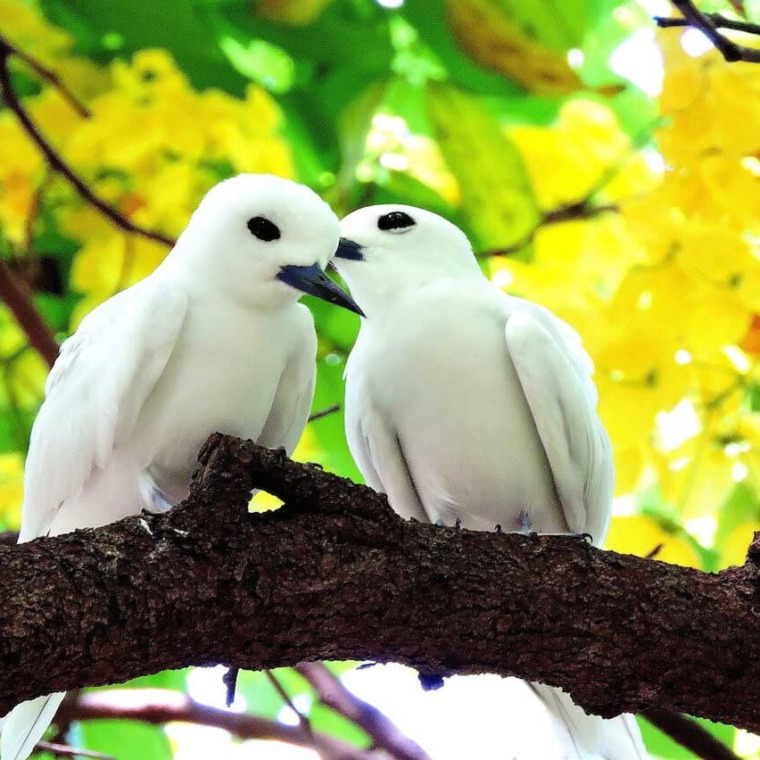
This bird is found primarily on islands, and has a wide ranger across the equatorial band of every ocean on Earth, save for the Arctic Ocean, which does not cross the equator.
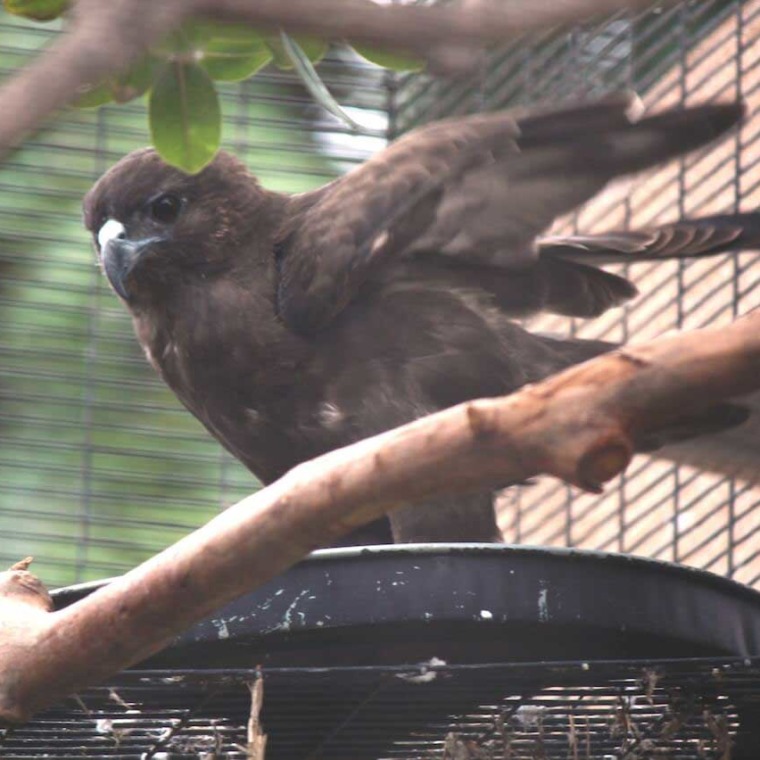
’Io prefer to hunt from tall perches that they use to survey their prey; however, they are known to dive at targets from mid-flight if the opportunity presents itself. are territorial and come together only to breed.


